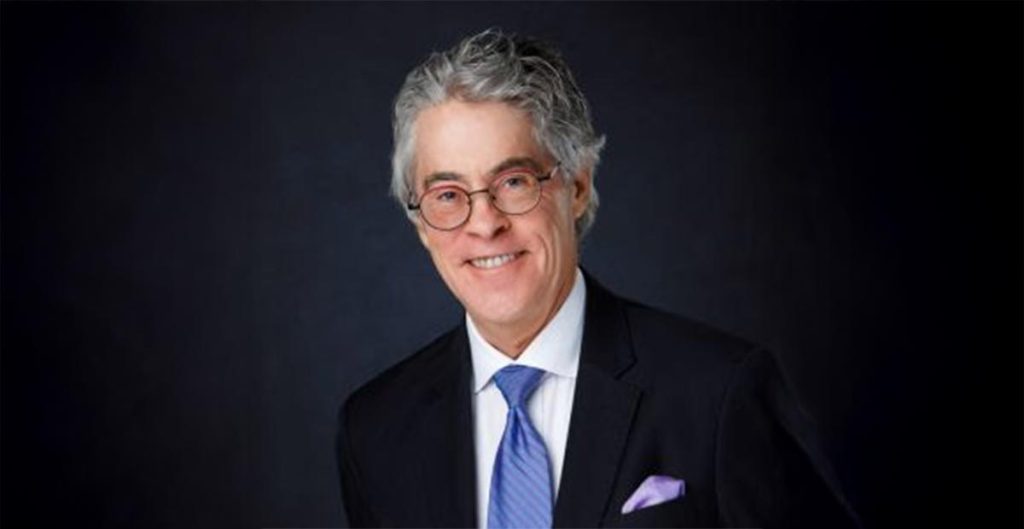This is Rick Kahler’s Personal Finance Weekly Column. His opinions and financial advice may not be the same as the Rapid City Post’s, it’s affiliates, or advertisers.
Have you ever been on a road trip, seen the “low fuel” light blink on, and suddenly realize you have no idea how far it is to the next station? Retirement planning can feel a lot like that, with the added complications of not knowing either your expected fuel economy or the distance to your final destination.
You can do your best to provide a full “tank” of money for your retirement journey, yet you have no control over outside factors like market conditions, inflation, and tax changes that serve as headwinds to drain your tank faster than you expect. The fear of running out of money in retirement is real.
How do you make sure your nest egg lasts as long as you do? Figuring out a safe withdrawal rate is tricky, because life is unpredictable. Markets and inflation rise and fall, tax laws change, and political philosophies come and go.
Most importantly, you don’t know if you’ll live to 67 or 107. If you spend too much early on and live longer than you anticipate, you risk running out of money entirely.
Back in 1993, financial planner William Bengen crunched the numbers and came up with a rule of thumb: retirees could safely withdraw 4% of their portfolio in the first year and then adjust for inflation annually without running out of money over a 30-year retirement.
Bengen based his data on the worst-case scenario of retirees in the 1970s, who faced high inflation, bad market returns, and economic stagnation. In other periods, many retirees could have taken out 6%, 8%, or even 10% and been just fine.
The real enemy of retirement savings is inflation. It quietly erodes your purchasing power over time, making those early withdrawals riskier than they seem. Inflation is actually a worse threat to your retirement income than a bear market.
Bengen has since updated his research. In a recent interview titled “Rethinking Retirement,” he suggests that with a well-diversified portfolio—including small-cap and international stocks—the worst-case sustainable withdrawal rate might actually be 4.7%. It’s not a huge increase, but for someone with a million-dollar portfolio, that’s an extra $7,000 per year, which can be helpful.
The reality is there’s no one-size-fits-all answer. Your safe withdrawal rate depends on factors like your portfolio mix, spending flexibility, personal goals, safety nets (like Social Security and pensions), and, of course, longevity. If your family tree is full of centenarians, you may want to plan accordingly.
As a planner, I’m even more conservative than Bengen. I like to start at 3.0%, then adjust annually based on market performance, inflation, and changing needs. If things go well, give yourself a raise. If they don’t, tighten the belt a little.
For those of us who hate financial uncertainty, another option is to fund essential expenses—housing, food, insurance—with guaranteed income sources. If Social Security and pensions don’t cover them, keep two to three years’ worth of expenses in cash or short-term bonds. That way, no matter what happens in the markets, you won’t have to sell investments at a loss just to buy groceries.
Making your savings last is not about finding a magic formula. It’s about making smart, adaptable decisions over time. Think of it like a cross-country road trip. You start with a full tank and a map, but along the way, you’ll hit detours, see gas prices fluctuate, maybe deal with car trouble, and make unplanned stops at appealing roadside attractions. The trick is to keep an eye on your financial resources and recalibrate so you can both enjoy the ride and maintain enough fuel to reach your destination.


